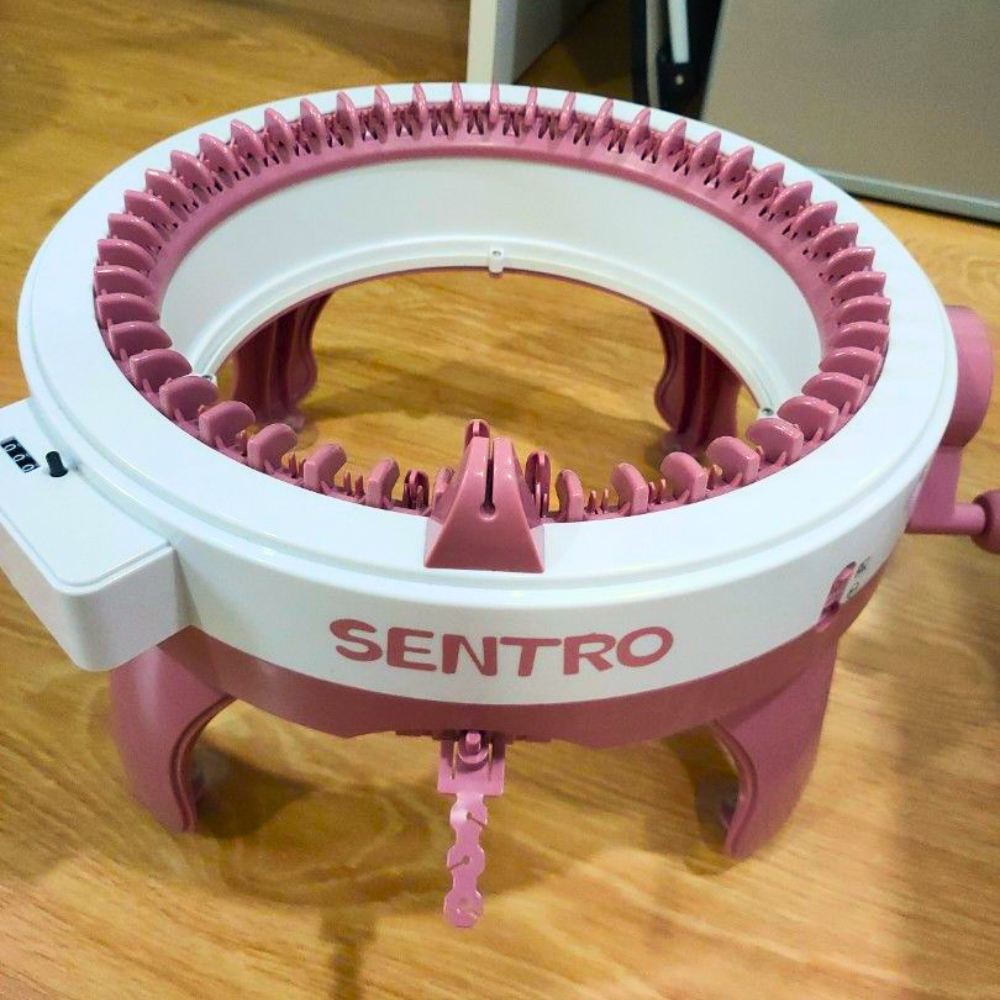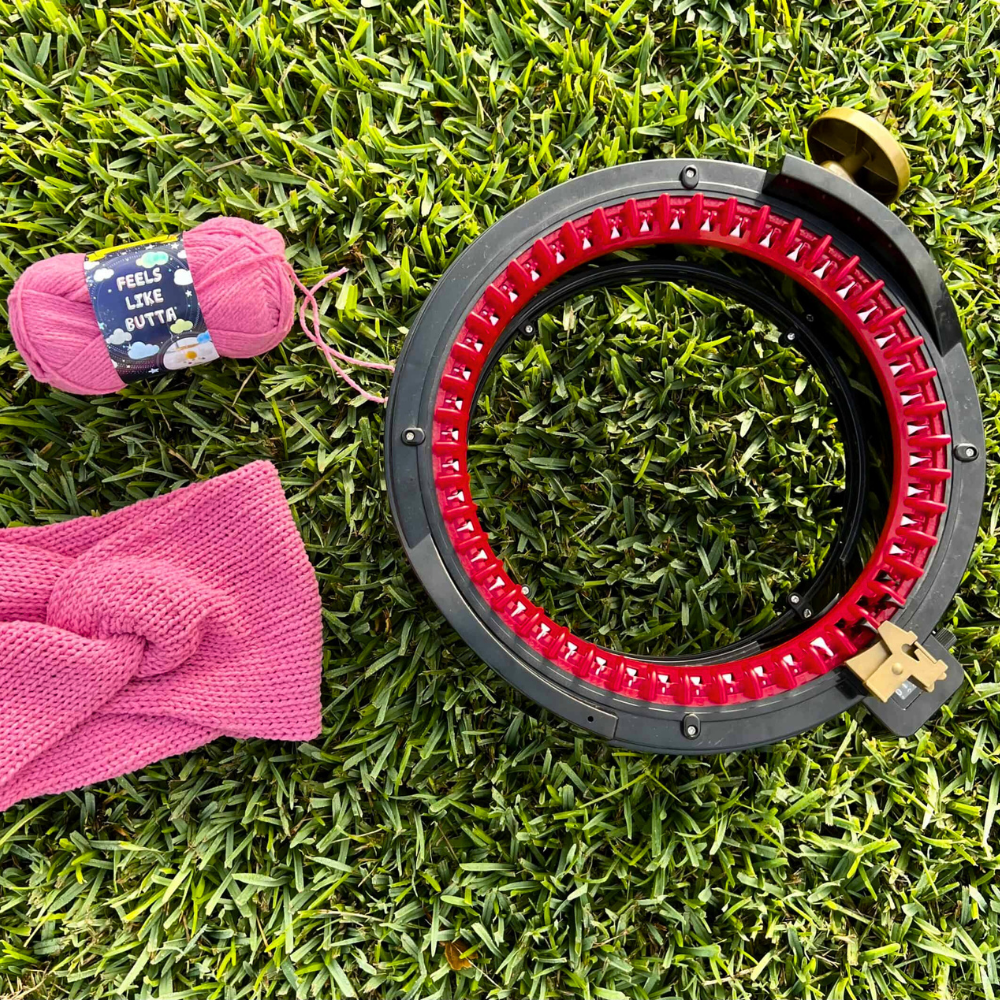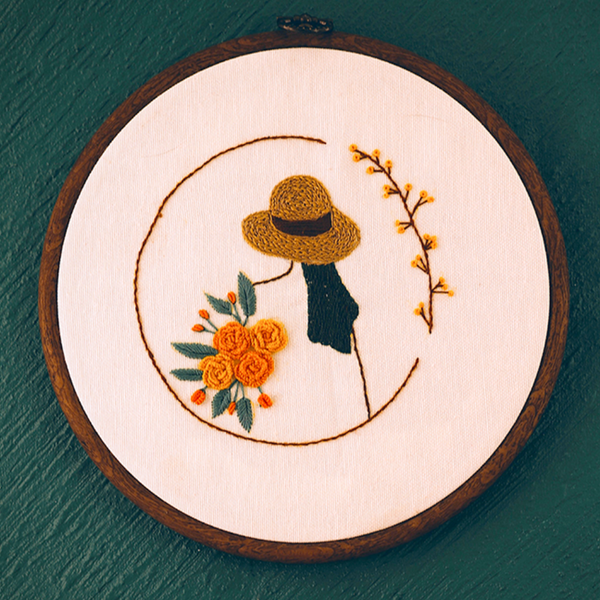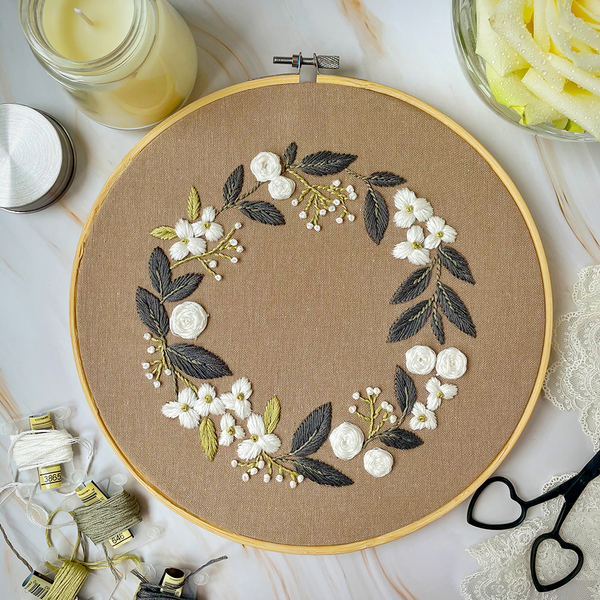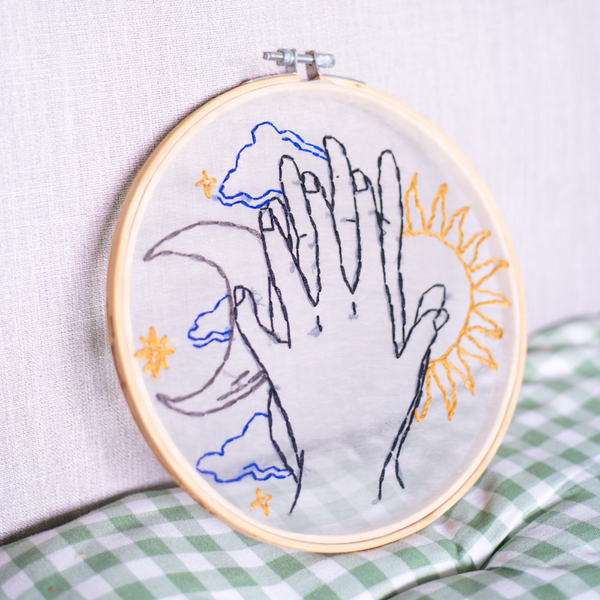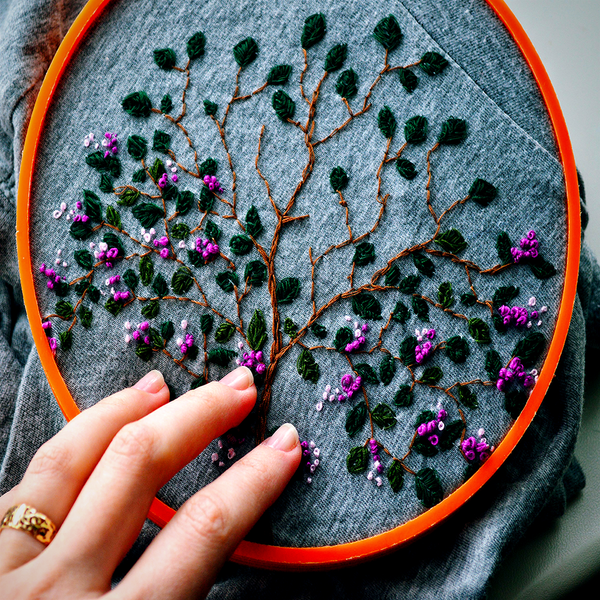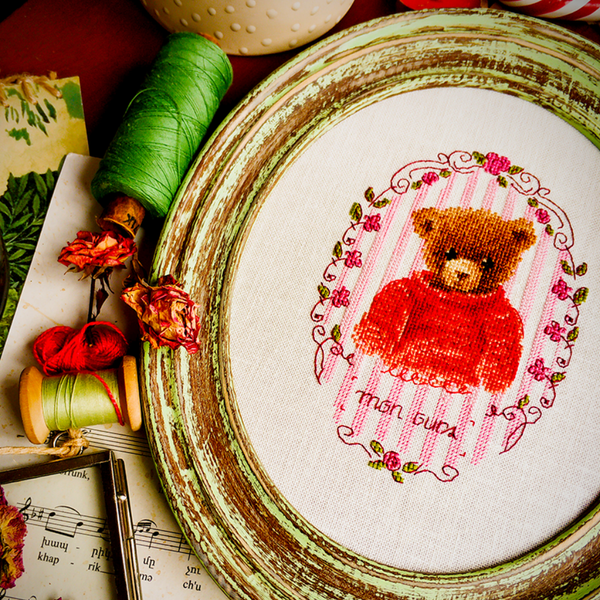Knitting has evolved from a humble handcraft to a significant player in the textile industry, with circular knitting machines at the forefront of this transformation.
In the intricate world of textiles, circular knitting machines stand tall as one of the most versatile and crucial inventions.
From seamlessly producing complex patterned fabrics to churning out textiles at impressive speeds, these marvels of engineering have shaped the landscape of the industry.
However, as with any powerhouse, circular knitting machines come with their own set of trade-offs.
Understanding the nuances of their operation is pivotal for textile engineers, knitting enthusiasts, and apparel manufacturers alike.
These machines have revolutionized how we create knitted fabric, offering a plethora of perks and pitfalls.
In this article, we will take a closer look at the pros and cons of circular knitting machines.
So, let's unravel the tapestry of circular knitting machines to uncover both their bountiful benefits and hidden challenges!
Key Takeaways:
- Circular knitting machines offer efficiency and versatility in producing knitted garments, but they come with a learning curve and cost considerations.
- These machines can handle a variety of yarns and patterns, making them a great investment for apparel companies.
- While they enable faster production, the initial setup and maintenance may be challenging for some users.
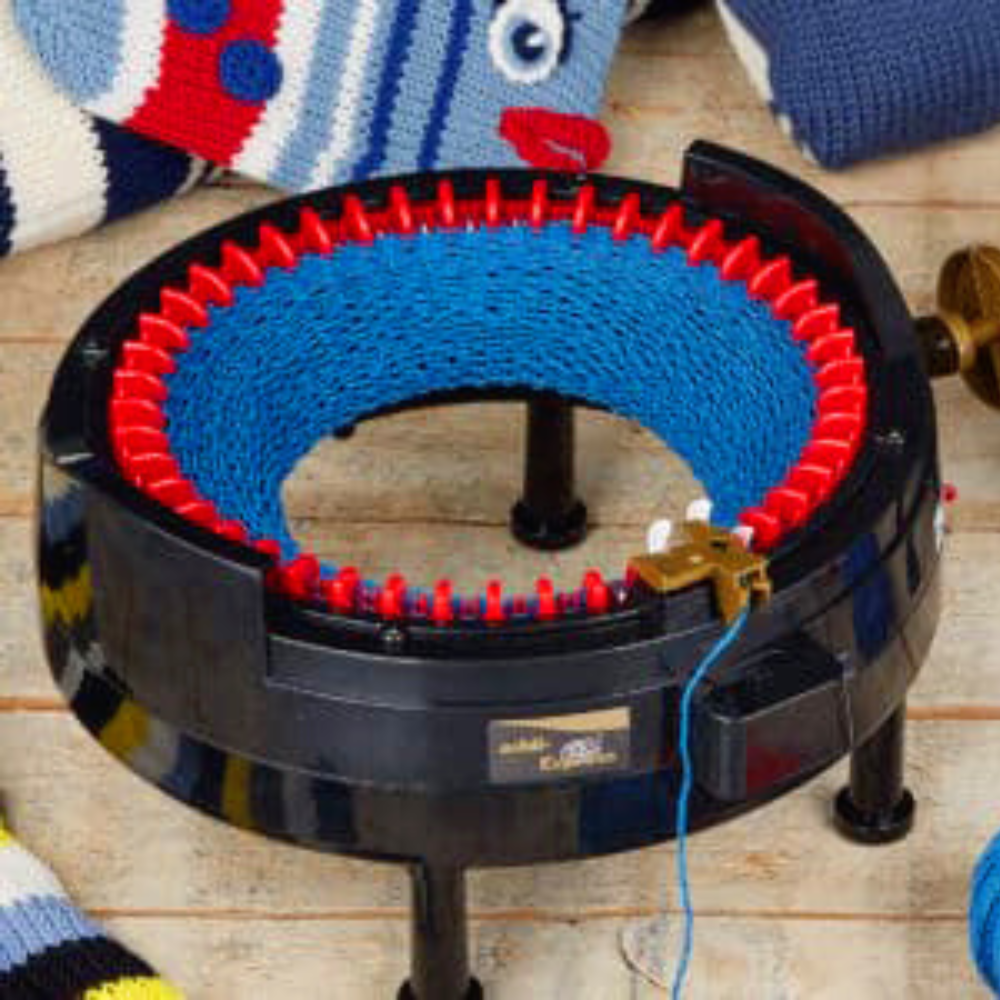
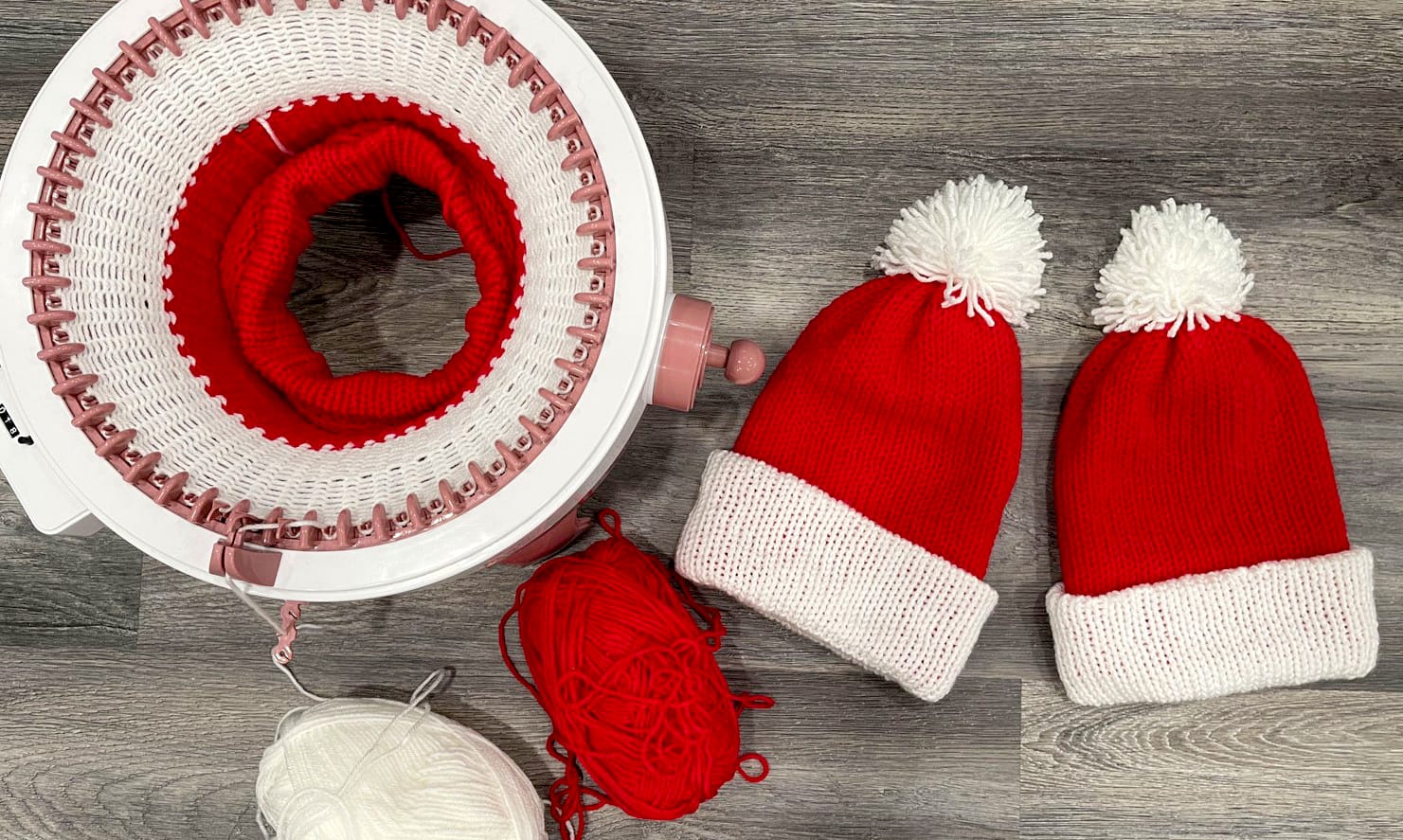
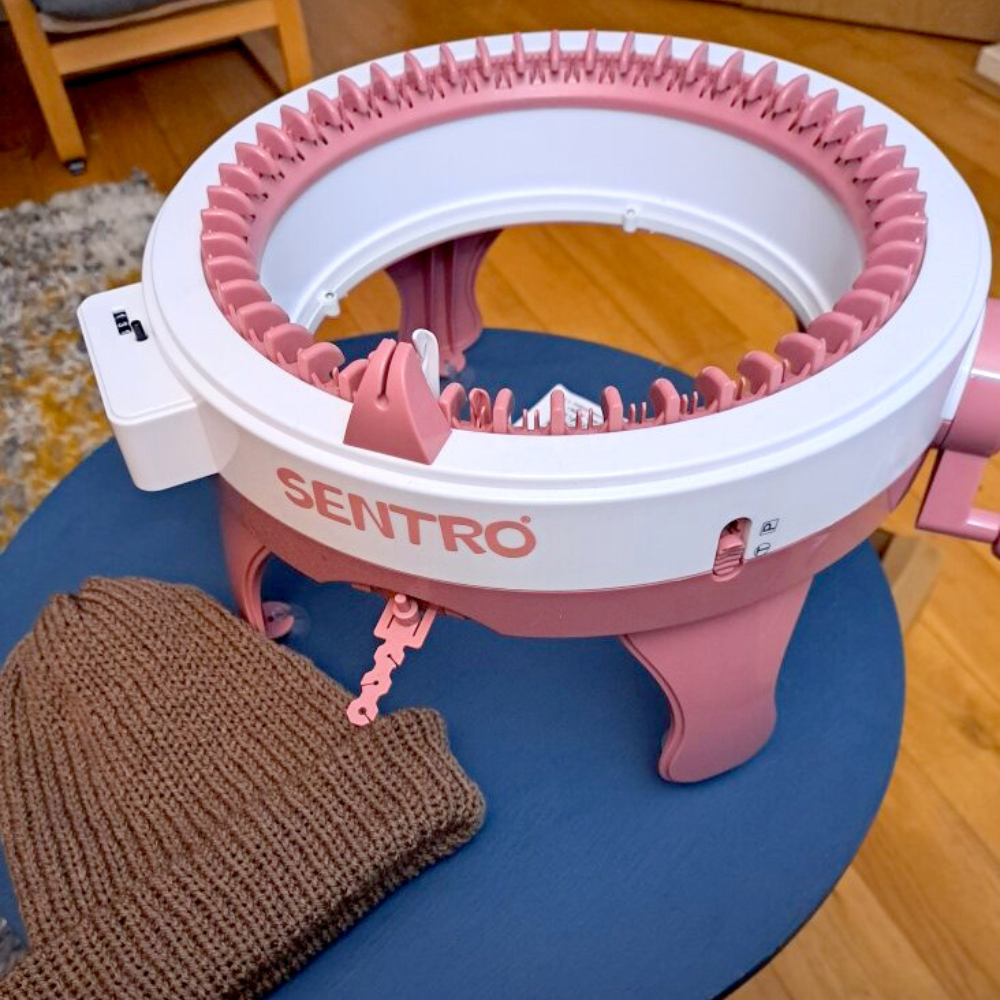
Efficiency in Production
Circular knitting machines are renowned for their ability to produce fabrics at a faster pace than traditional hand knitting or even sewing machines.
This efficiency is a boon for the knitting industry, particularly for businesses that need to meet high demand for knitted garments such as socks, sweaters, hats, and afghans.
The cam system within these machines allows for continuous knitting in the round, which is ideal for creating seamless tubes of fabric.
Moreover, circular machines can handle more stitches at once compared to straight needles or double pointed needles.
This capability means that larger items can be produced without the need for piecing together multiple flat projects, saving time and reducing the potential for errors.
Versatility and Creativity
The versatility of circular knitting machines is another significant benefit.
They can accommodate a wide range of yarns, enabling the creation of various textures and patterns.
From the garter stitch to intricate cables, these machines can do it all.
Circular needles, which are an integral part of these machines, come in different lengths and sizes, making them suitable for projects of all scales.
Additionally, the circular knitting needles allow for knitting in the round, which is essential for items like mittens and socks.
This method eliminates the need for seams, which can be uncomfortable and less durable.
The ability to create complex patterns and designs at a quicker pace makes circular knitting machines a great investment for those looking to expand their knitting journey or production capabilities.
Durability and Maintenance of Knitting Machines
Circular knitting machines are renowned for their durability, often outlasting their straight needle counterparts.
The construction of these machines is robust, designed to withstand the continuous motion and tension required to produce fabric efficiently.
With proper maintenance, a circular knitting machine can operate smoothly for years, making it a wise investment for serious knitters and textile manufacturers.
Regular cleaning and oiling of the machine's parts are essential to prevent wear and tear, ensuring that the machine's performance remains consistent over time.
However, maintenance can be more complex than with traditional straight needles.
The intricate components of a knitting machine, such as the cams and needles, require specialized knowledge to service correctly.
This might necessitate professional servicing, which can add to the overall cost of ownership.
Additionally, the replacement parts for these machines can be expensive and sometimes difficult to source, especially for older or less common models.
It's crucial for operators to be proactive in their maintenance routines to avoid costly repairs or downtime.
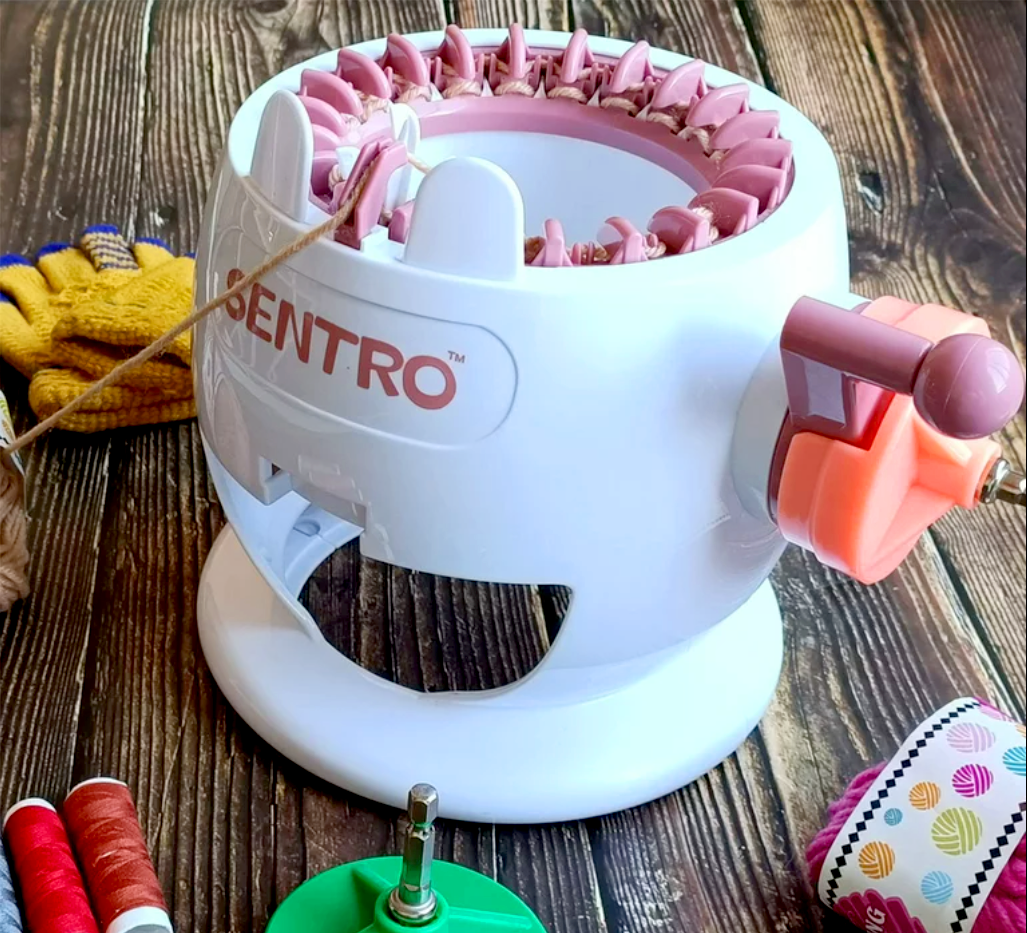
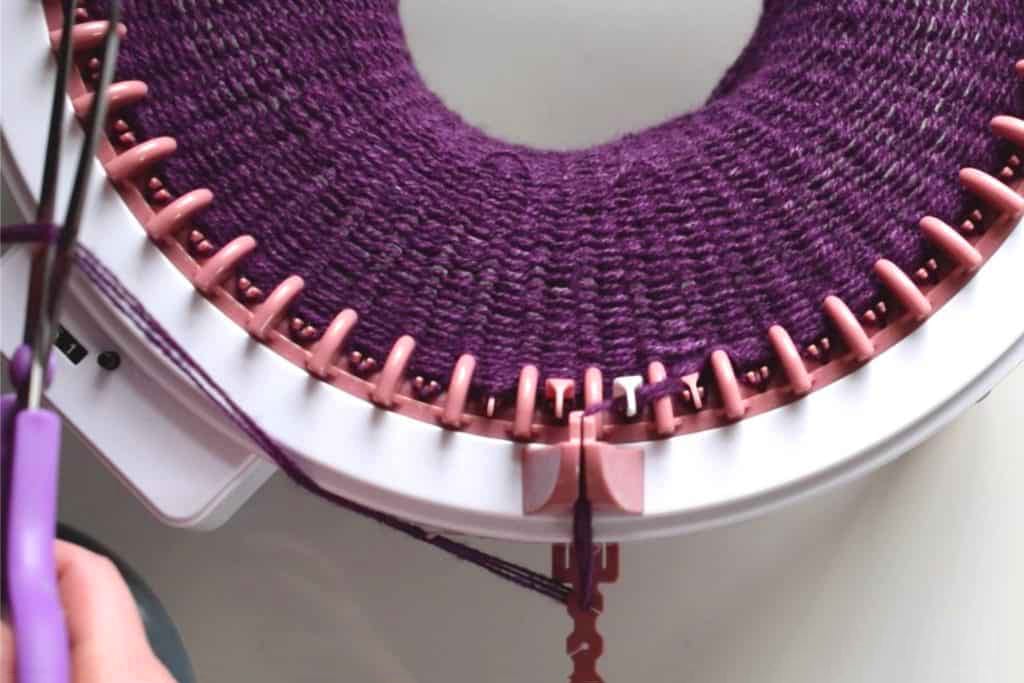

Adaptability to Different Yarn Types and Weights
One of the significant advantages of circular knitting machines is their ability to adapt to various yarn types and weights.
This flexibility allows knitters to experiment with a wide range of materials, from delicate lace-weight yarns to bulky wool, enabling the creation of diverse garment types.
Adjustments can be made to the machine's tension settings and needle configurations to accommodate the specific requirements of each yarn, ensuring high-quality knit results every time.
This adaptability opens up a world of possibilities for designers and manufacturers, who can seamlessly switch between different projects without the need for multiple machines.
Despite this adaptability, there are limitations to consider.
Not all circular knitting machines are suitable for every yarn type; some may struggle with extremely fine or exceptionally bulky yarns.
It's essential to understand the specifications and capabilities of your machine to prevent issues such as dropped stitches or damage to the yarn.
Additionally, the transition between different yarn weights may require a recalibration of the machine, which can be time-consuming.
Knitters should be prepared to invest time in learning how to best configure their machine for different yarns to fully leverage its versatility.
Initial Investment and Learning Curve
Despite their many advantages, circular knitting machines do have some cons.
The initial cost of purchasing a machine can be quite high, making it a significant investment, especially for individual knitters or small businesses.
The complexity of the machines also means that there is a learning curve involved.
Users must become familiar with the machine's functions, such as the cam system and the various circular needles and wires.
Maintenance is another consideration.
Like all machinery, circular knitting machines require regular upkeep to ensure they operate at peak performance.
This maintenance can sometimes be costly and time-consuming, potentially impacting production schedules.
Limitations in Project Types
While circular machines are adept at creating items in the round, they may not be the best choice for all types of projects.
For example, flat projects like scarves or afghans might be more easily produced on straight needles or with hand knitting.
Additionally, the size of the circle created by the machine's needles can limit the types of projects that can be undertaken.
Some knitters also prefer the tactile experience and satisfaction of hand knitting, which can be lost when using a machine.
The transition from hand knitting to using a circular machine can be challenging for those who enjoy the traditional knitting process.
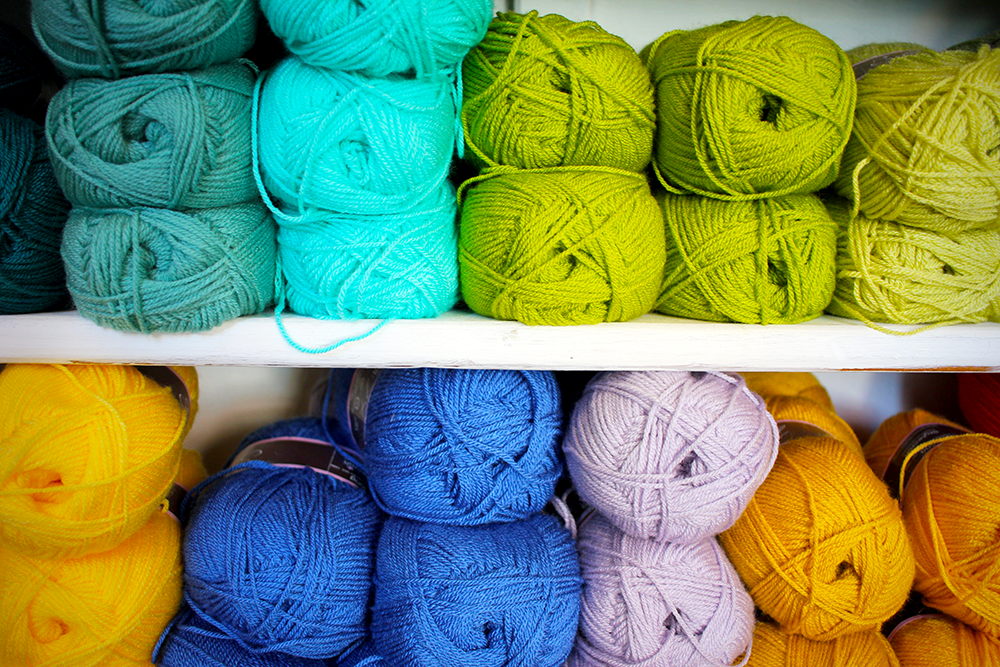

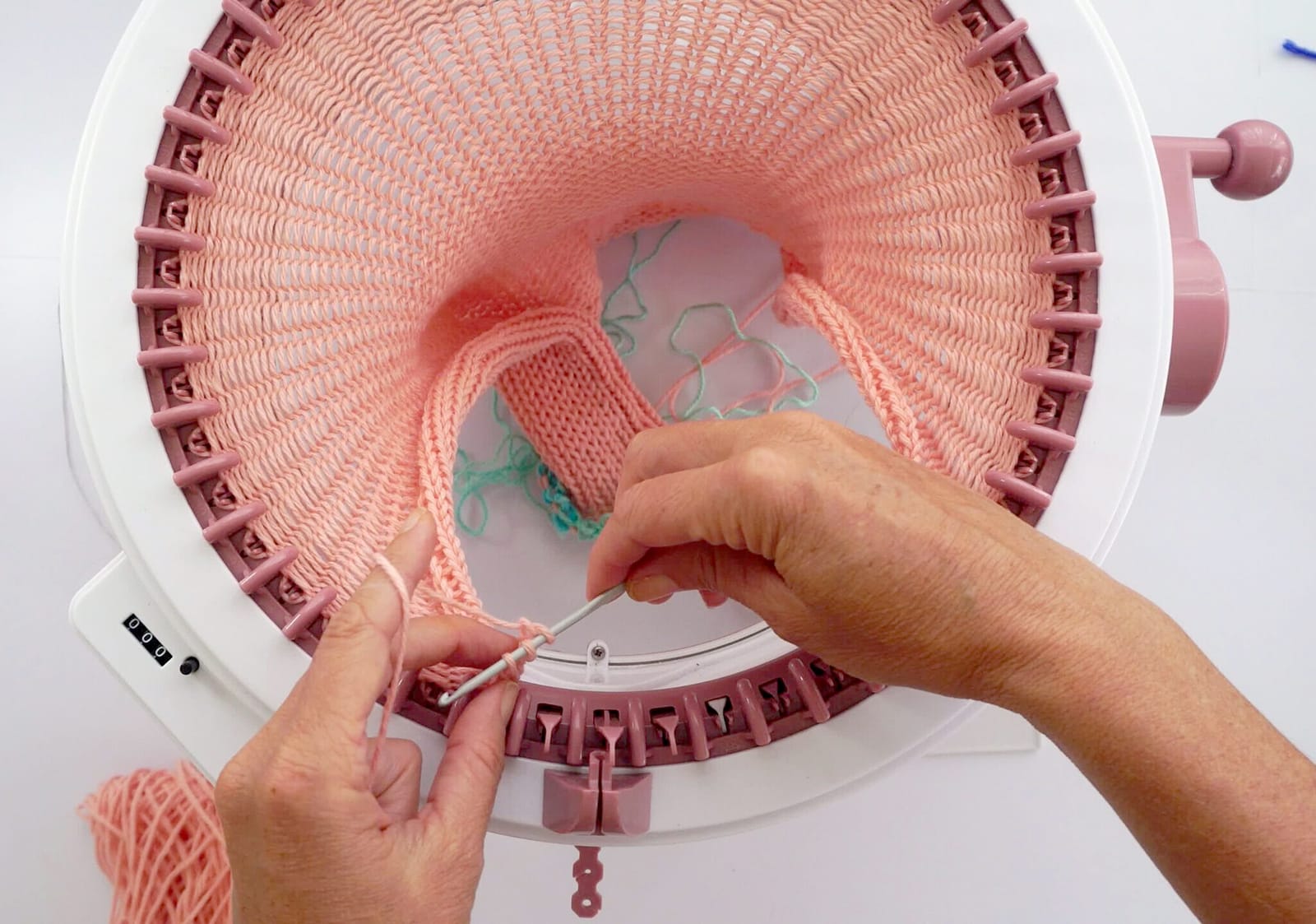
Weighing the Pros and Cons
Circular knitting machines are undoubtedly a game-changer for the knitting industry, offering speed, versatility, and adaptability.
However, like any tool or machine, they come with their own set of advantages and disadvantages.
Circular knitting machines are a powerful tool in the knitting industry, offering many advantages such as increased production speed, versatility in patterns and yarns, and the ability to create seamless knitted garments.
However, they also come with a significant initial investment, a learning curve, and maintenance requirements.
Additionally, they may not be suitable for all types of knitting projects. Weighing these pros and cons is essential for anyone considering incorporating circular knitting machines into their knitting journey or business.
Informed decisions, meticulous preparation, and a commitment to continuous improvement will empower textile professionals to weave success stories with circular knitting at their core.
So, whether you're a seasoned knitter or just starting, consider the pros and cons of circular knitting machines to determine if they are the right fit for your needs.
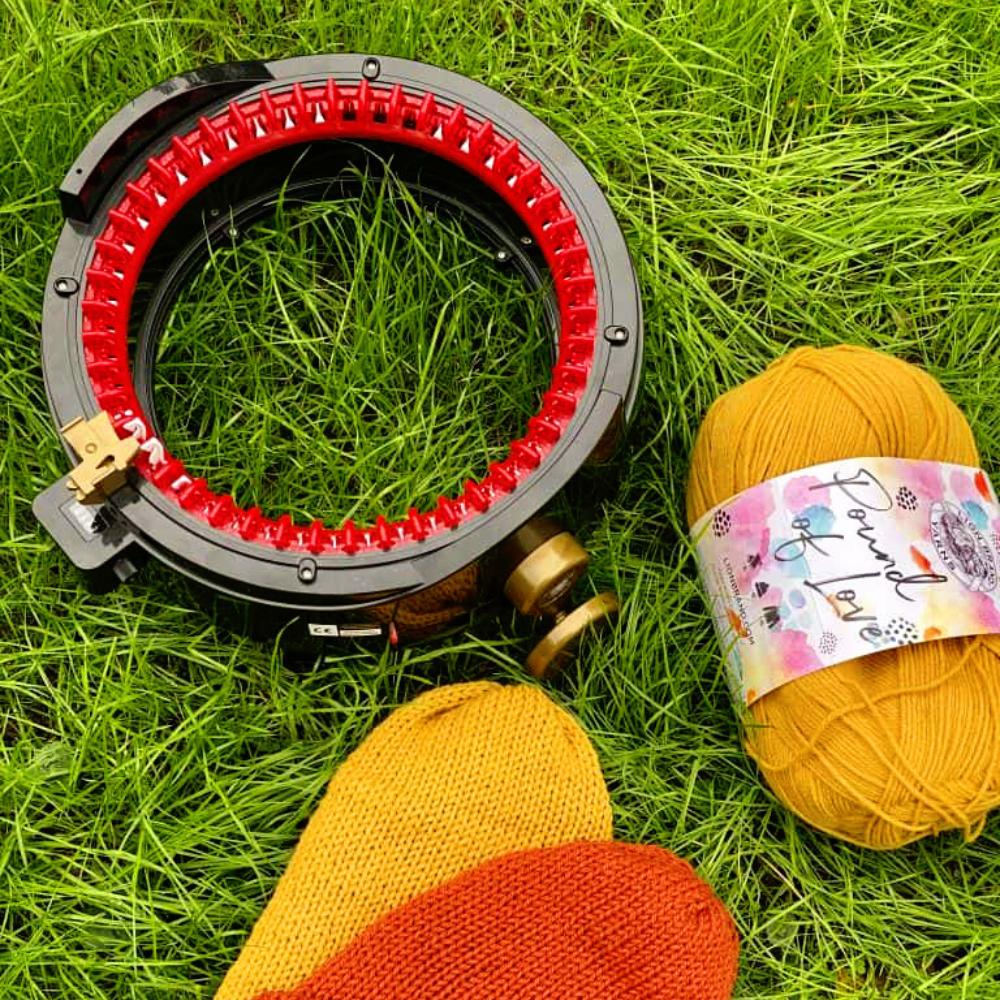
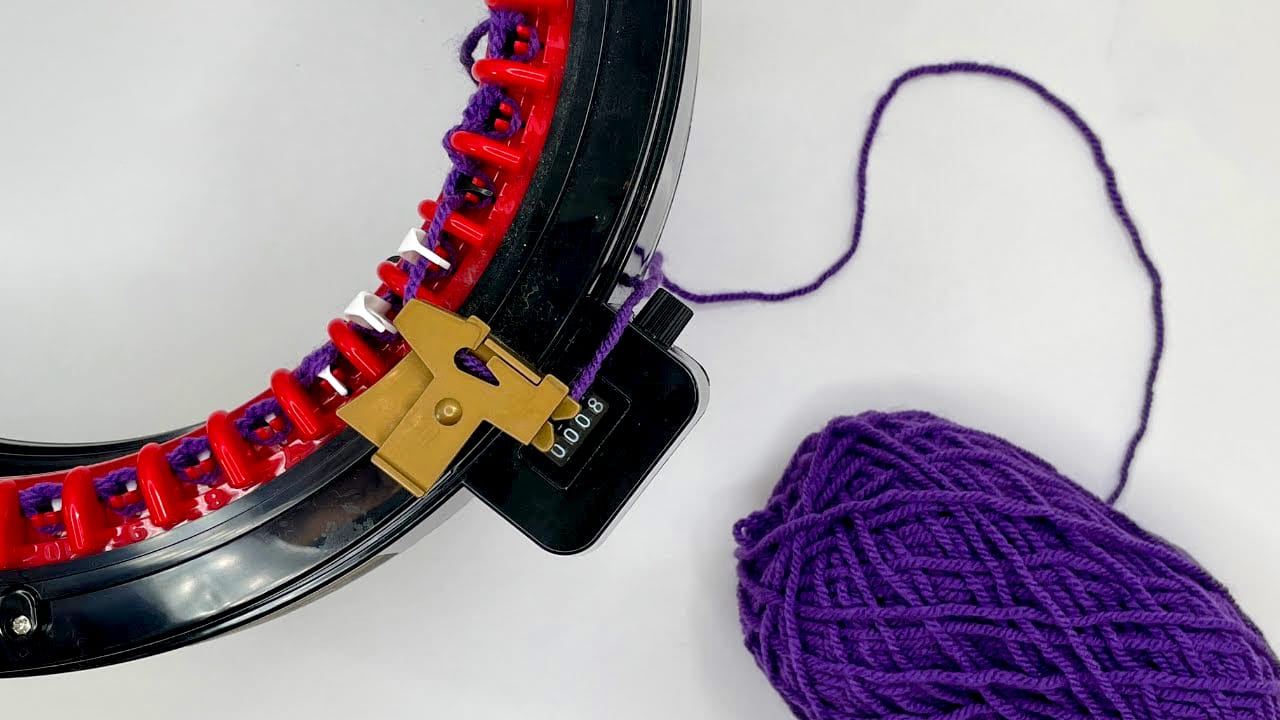

Circular Knitting Machine FAQs
If you're new to circular knitting machines, you might have a few questions.
Here are some commonly asked questions about these machines:
Are circular knitting machines suitable for beginners?
Circular knitting machines have a learning curve and may be challenging for beginners. However, with patience and practice, even novices can master the machine's functions and start producing knitted fabric.
Can circular knitting machines handle all types of yarn?
Yes, circular knitting machines can handle a wide range of yarns, making them versatile for creating different textures and patterns in knitted garments.
Is it worth investing in a circular knitting machine for personal use?
If you are passionate about knitting and plan to create large quantities of knitted items, a circular knitting machine can be a great investment. It allows for faster production and can handle more stitches, which is beneficial for larger projects. However, consider the cost and space requirements before making a decision.

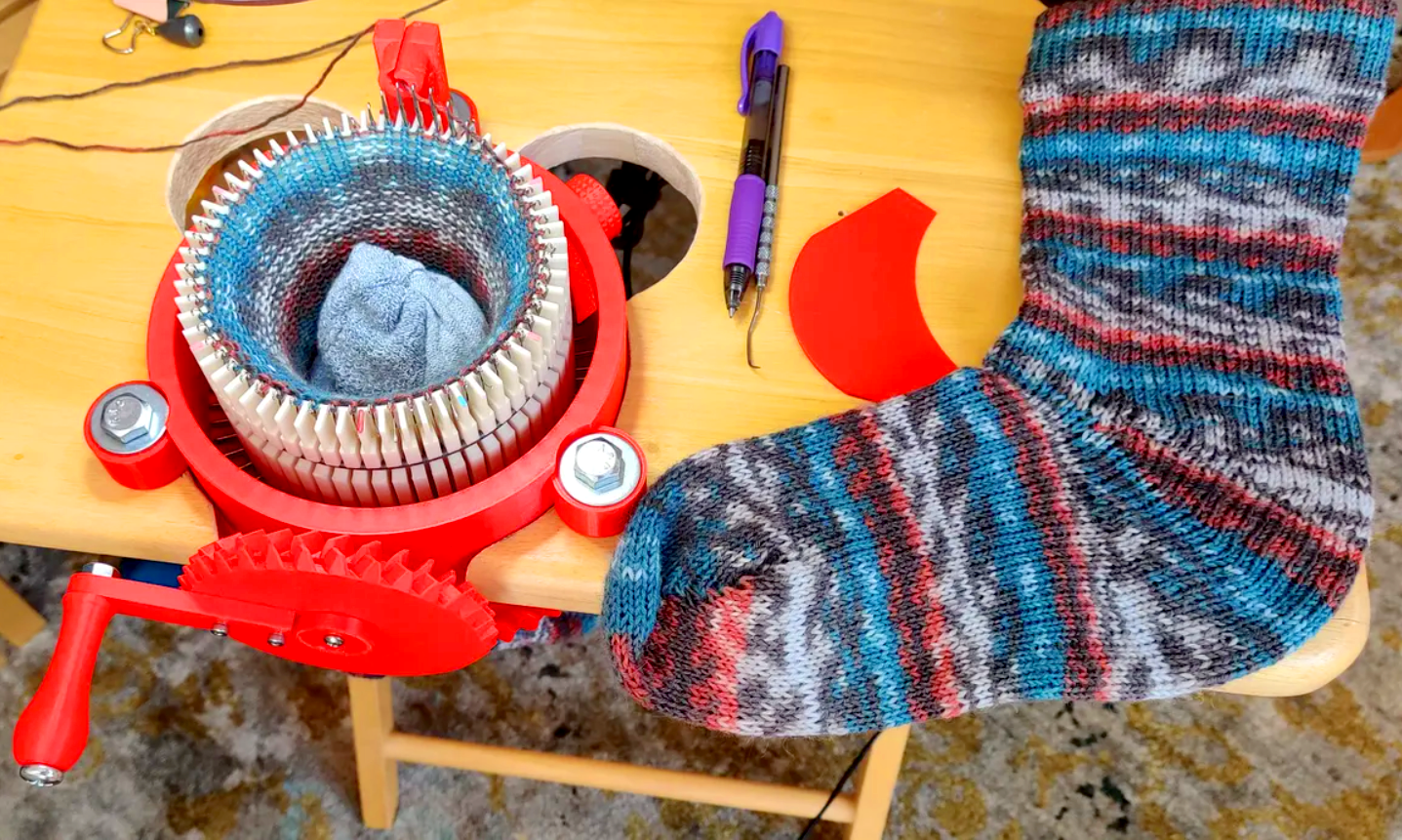
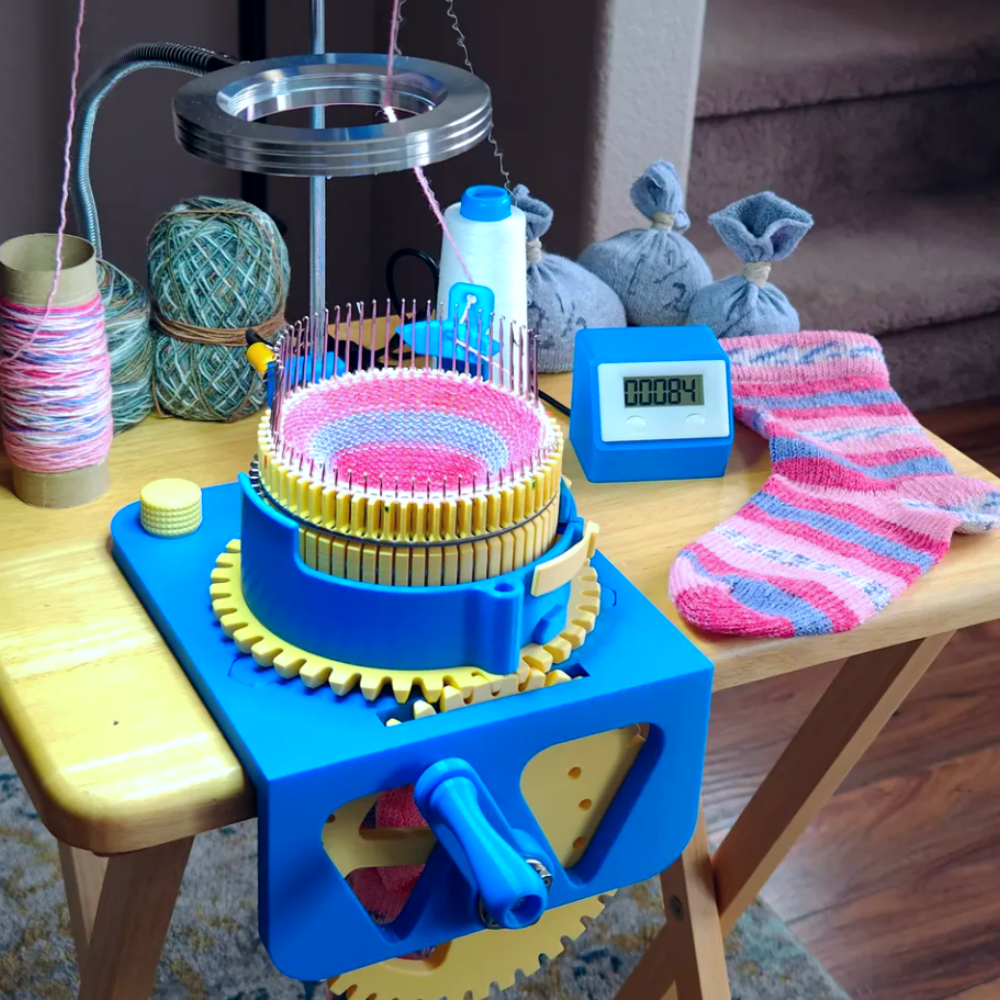
Eager to start creating with your circular knitting machine? Check out The Crafty Grrl's video!
Want even more content about creativity and art?
Be sure to check out all of our creative chronicles!
Ready to learn more about knitting and knitting machines?
Check out some of our other articles:
-Is machine knitting difficult?
-What can you make with a Sentro knitting machine?
-Is a Sentro knitting machine worth it?
-Can you make money with a knitting machine?
-Interchangeable knitting needles

